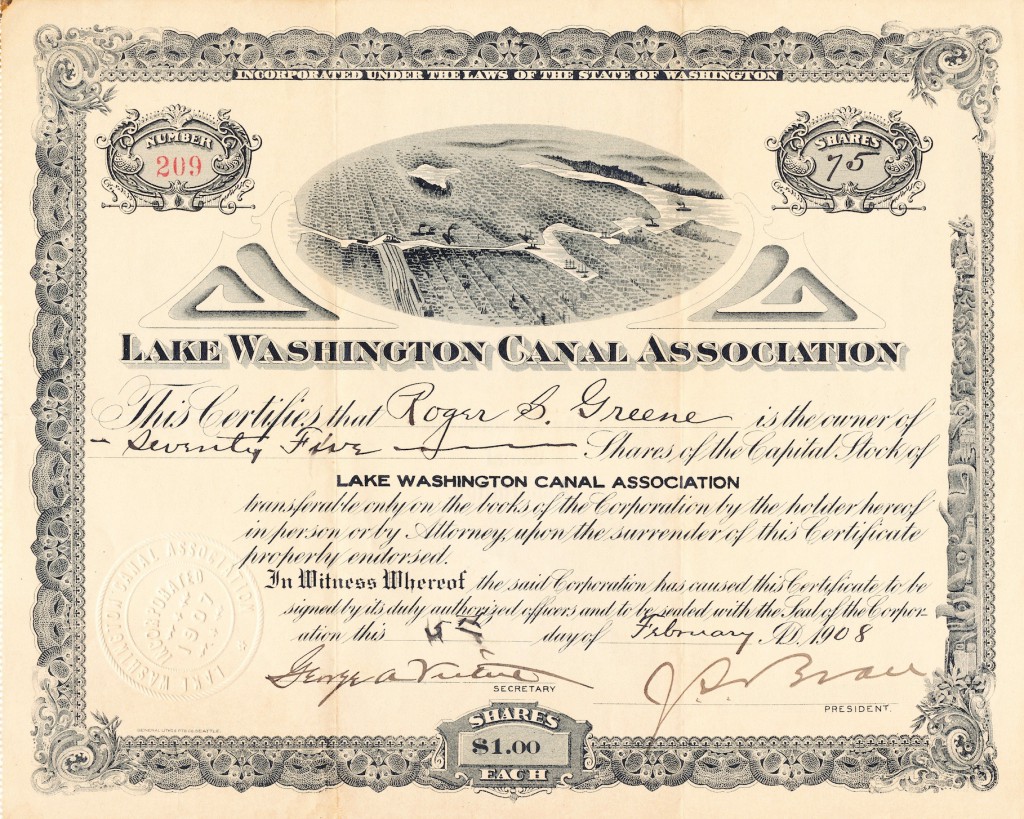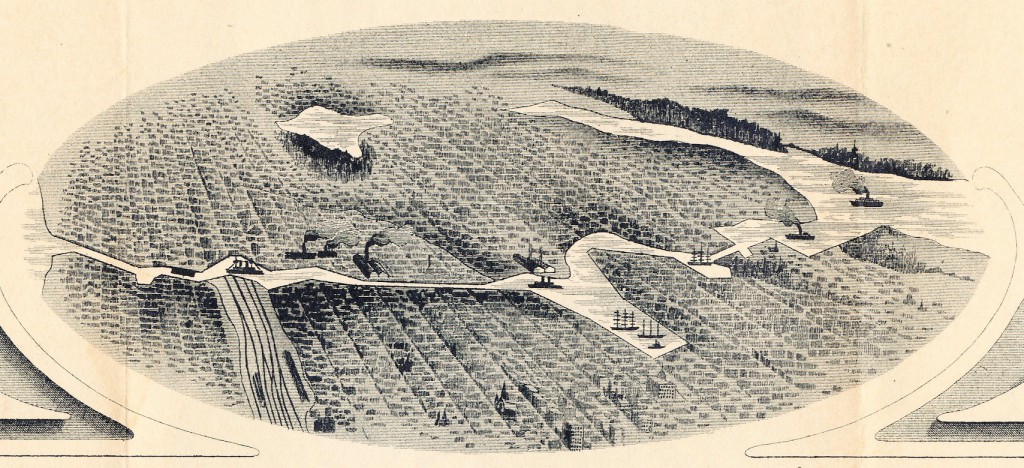When the ship canal and locks officially opened on July 4, 1917, the epic boat parade was led by a legendary vessel, though it was a far different boat than when it earned its fame. The boat was the 184-foot SS Roosevelt, once described as the “strongest wooden vessel ever built.” Her strength was necessary because she was designed and built to carry Robert Peary’s crews to the Arctic. In 1909, Perry reached the North Pole, claiming to be the first to do so. (Historians debate as to whether Peary actually reached the location and whether Frederick Cook got there first.)
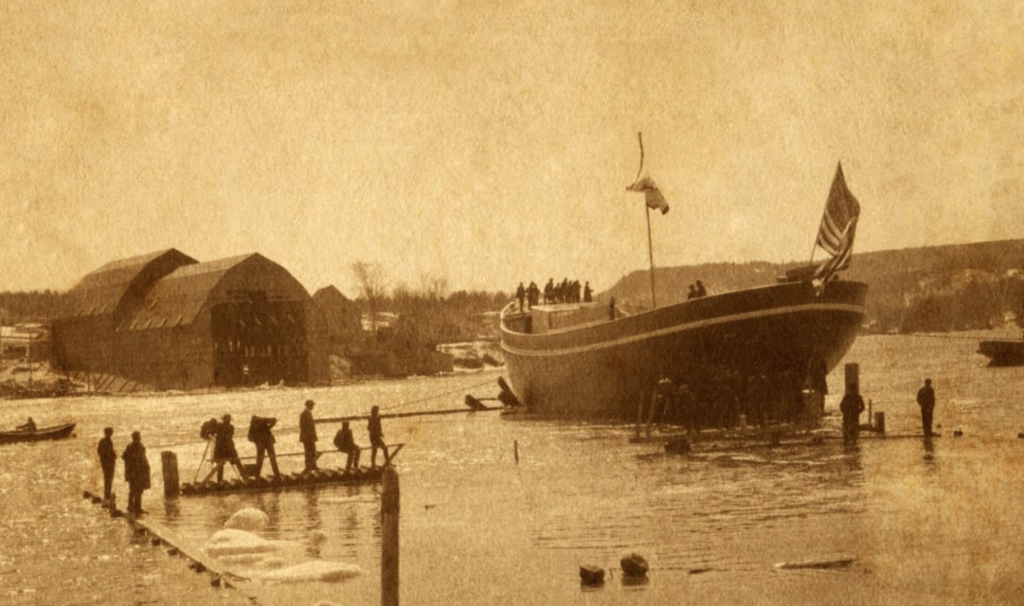
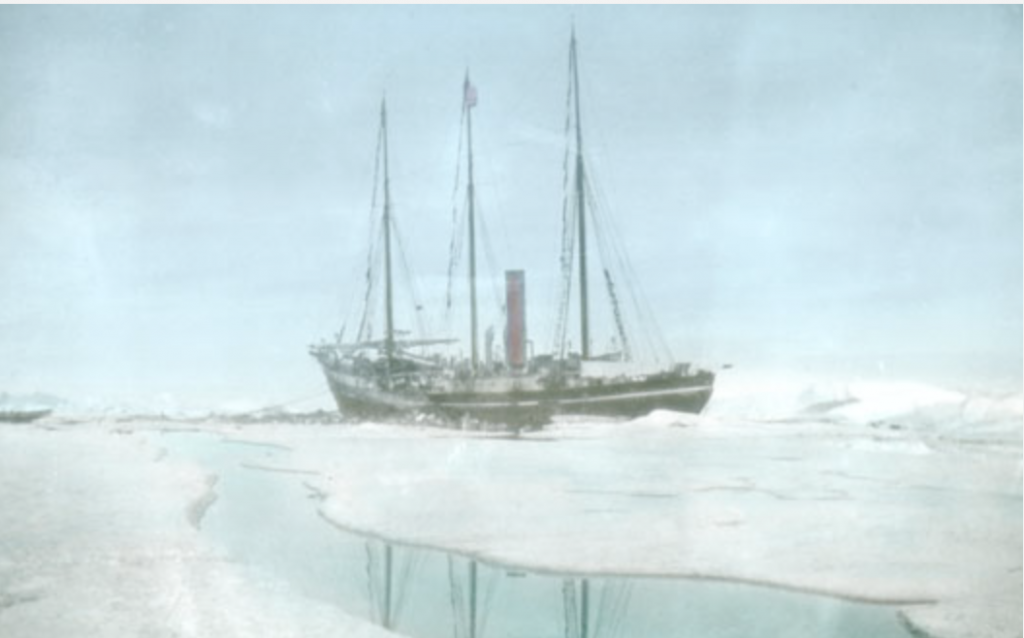

A little over a year after Peary’s men reached the Pole, the Roosevelt was sold to ship salvager and towing man John Arbuckle, After his death in 1912, the boat was sold three times in the next three years. By the time she reached Seattle in April 1917, the Roosevelt had been converted to a supply transport boat for the United States Bureau of Fisheries, which planned to use her in the Pribilof Islands. On her first trip there in 1918, the Roosevelt helped save several ships trapped in the ice in the Bering Sea.
After her service in the north, the Roosevelt bounced around between various owners, finally ending up with the Steamboat Inspection Service, where she was converted to a tug, her job till the sad end of her days. Her final voyage came in October 1936, when her new owner, the California Towing Company used her to tow a former Navy collier to New York. The trip did not go well with repairs in San Francisco and troubled trip to and through the Panama Canal. She left the canal in January 1937 only to suffer bad weather and numerous mechanical issues. She had to limp back to Cristobal.
Finally on January 21, 1937, the Roosevelt was set out to pasture, so to speak, beached and abandoned on the tideflats of what was known as the Old French Canal. I have not been able to determine exactly what happened to the Roosevelt. The French attempt at a canal has been altered, cleaned up, and filled. Most likely the Roosevelt succumbed to the tropics and moldered and decayed away, one more relict lost to time.
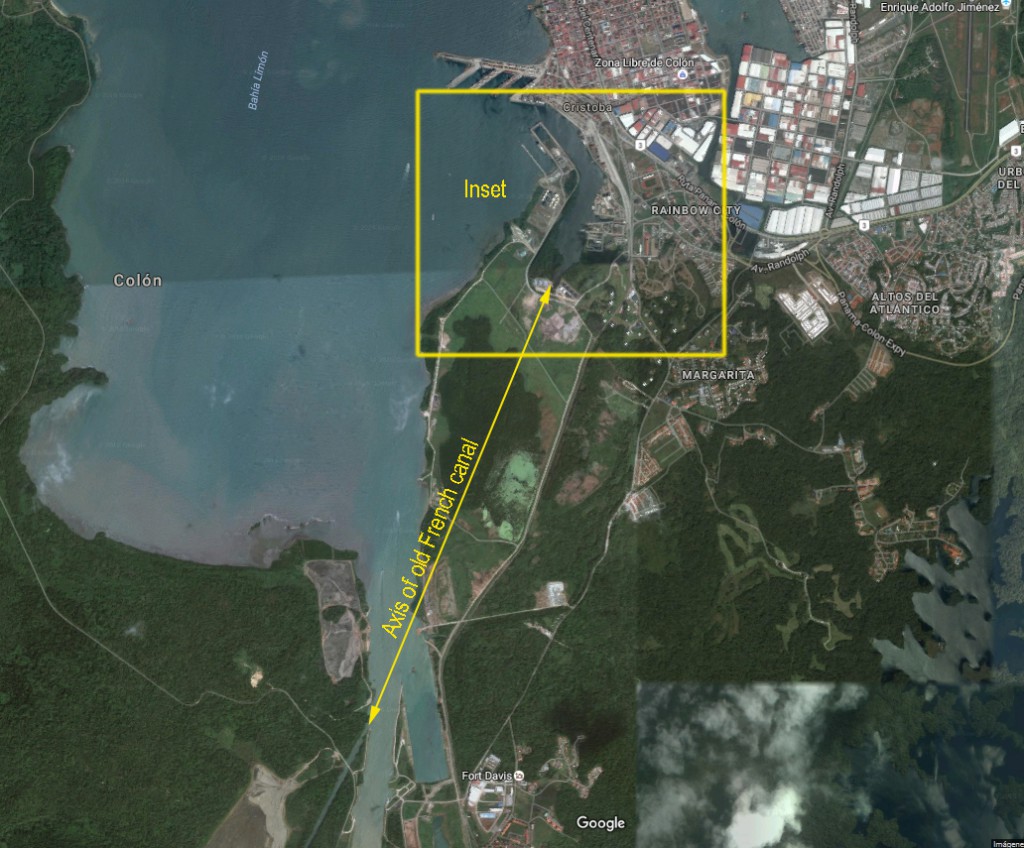
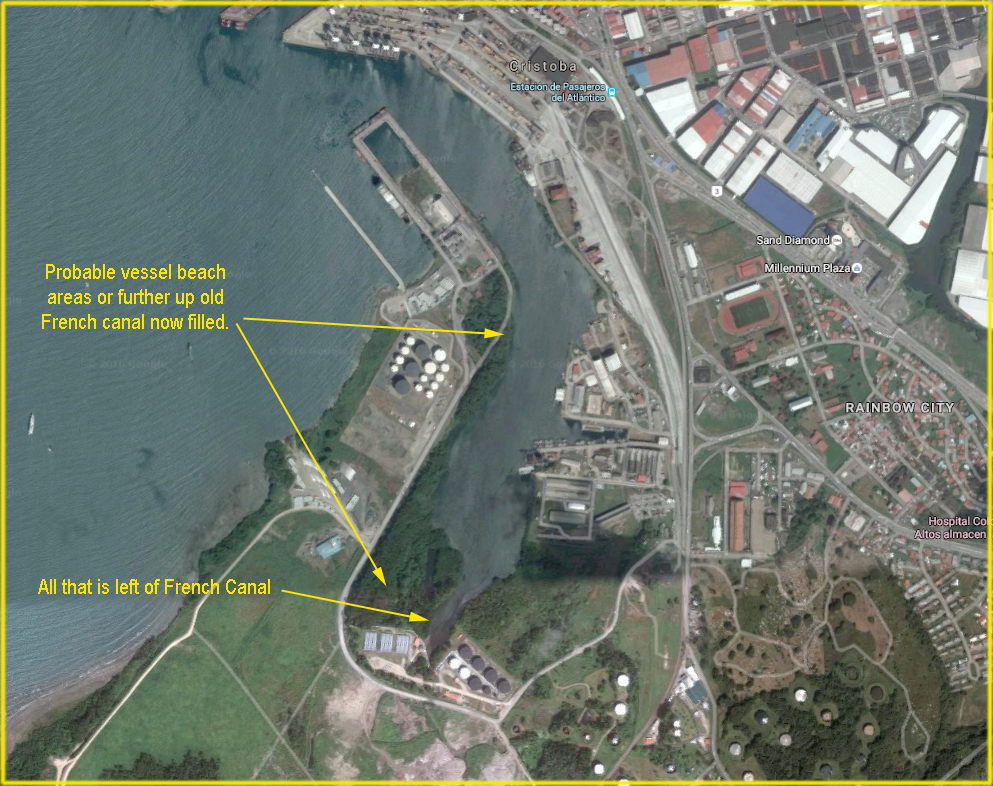
But a couple parts of the Roosevelt still exist. MOHAI has the ship’s wheel, a gift from one Karl Seastrom in 1954. The museum has no record of who he was or how he got the wheel. They also have some warning lights but again no data. The Roosevelt‘s bell is also in Seattle, at the Coast Guard Museum, though it is not the original one. That bell is supposedly at the Explorer’s Club in New York City. When I asked people at the CGM how they got the bell, I was told it was dropped off in the 1970s or 1980s by a former owner of the Roosevelt but who that was and how he got it is also unknown.
In case you are interested, here are links to more in-depth articles.
Julius Grigore, jr. “Peary and the Roosevelt: When Man and Ship Were One.” Panama Canal Review, Vol. 16, No. 5, August 1965, pp. 14-16, 22. http://ufdc.ufl.edu/UF00097366/00029/18
NOAA Alaska Fisheries Service Center story: http://www.afsc.noaa.gov/history/vessels/boats/roosevelt.htm
From the Panama Canal Review, 1971: http://www.czbrats.com/Builders/FRCanal/frenchcan.htm
